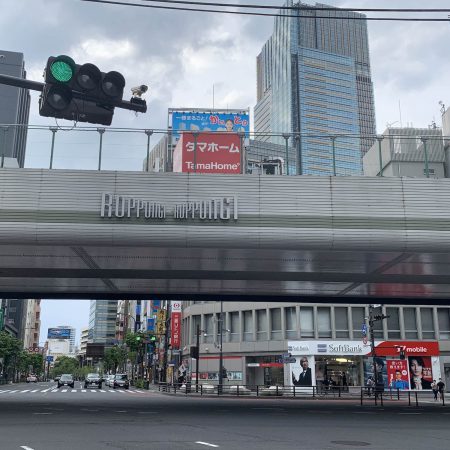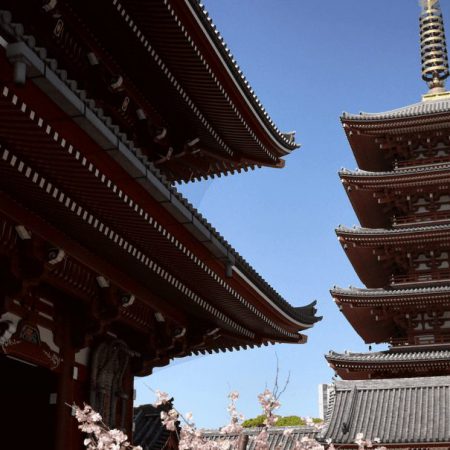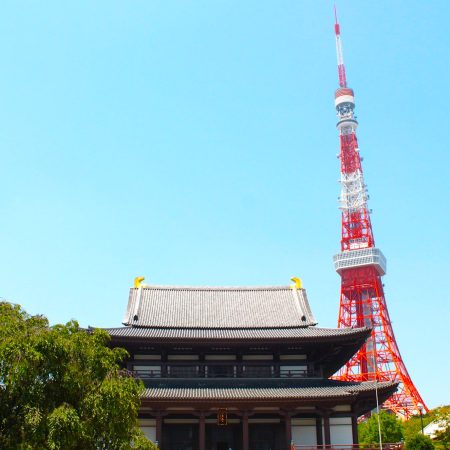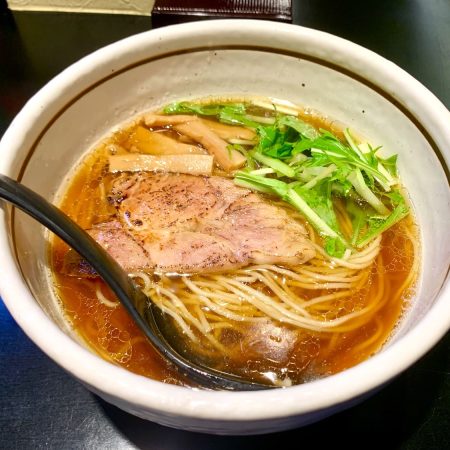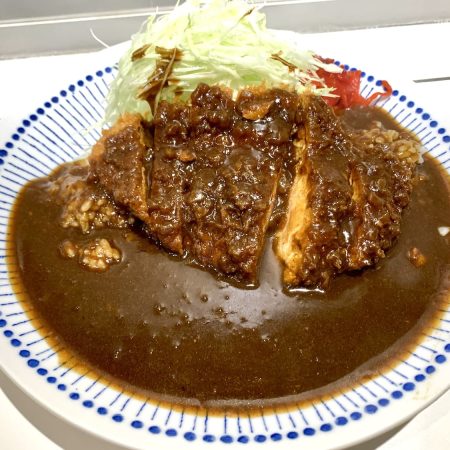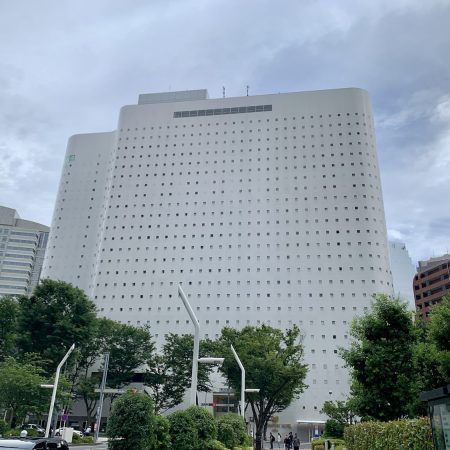Discover Tokyo’s Imperial Palace and its captivating surroundings. Begin your journey at Marunouchi Ekimae Square, a picturesque photo spot enhancing the historic Tokyo Station. Immerse yourself in the Imperial Palace’s highlights, including the iconic Nijubashi Bridge, Ote-mon Gate, Chidori-ga-fuchi Moat, and Yasukuni Shrine. Marvel at the bridge’s unique design dating back to the Edo Period and explore the Otemon Gate, a testament to Japan’s rich history. Enjoy the tranquility of the Chidori-ga-fuchi Green Way, especially during cherry blossom season, and take a boat ride along the historic moat. Lastly, visit Yasukuni Shrine, a Shinto shrine and war memorial, to gain insights into Japan’s complex history. Each location offers a blend of tradition and modernity, promising an unforgettable cultural experience for locals and tourists alike.
Marunouchi Ekimae Square (東京駅丸の内駅前広場)
Marunouchi Ekimae Square, completed in December 2017, enhances the historic Tokyo Station as a vibrant public space. Divided into Marunouchi Central Square, a peaceful pedestrian area with greenery and historical views; Transportation Square, a hub for bus and taxi services surrounded by seasonal trees; and Marunouchi Brick Square, a charming shopping and dining complex, the square harmoniously blends tradition and modernity. It serves as a popular destination for locals and tourists, conveniently located on the Marunouchi side of Tokyo Station.
Nijubashi Bridge (二重橋)
The Nijubashi Bridge near Tokyo’s Imperial Palace, officially referring to the iron Seimon-tetsubashi Bridge, dates back to the Edo Period. Originally a wooden bridge, it created the illusion of two bridges due to its unique design. Rebuilt in 1888 as an iron bridge, it underwent renovations in 1964, incorporating advanced anti-rust technologies. While not publicly accessible, the bridge symbolizes Japan’s history and is featured on postcards. Its significance lies in representing the imperial institution’s continuity and modernization. Located near Otemachi or Nijubashimae Stations, visitors can view the bridges from Koyo Gaien or join guided tours for a closer look.
Ote-mon Gate (大手門)
The Otemon Gate of the old Edo Castle, a prominent entrance to Japanese castles, is characterized by a square turret and earth-paved bridge. The gate features a “masugata” design for defense and troop gatherings. Serving as the primary entrance for daimyos, it holds historical significance and reflects the grandeur of the Edo Castle. Despite fires and historical events, the present-day Otemon Gate, dating back to 1967, stands at the Tokyo Imperial Palace, designated as an Important Cultural Property of Japan. Visitors can explore the gate, view Edo Castle ruins, visit the Museum of the Imperial Collections, and enjoy the East Imperial Gardens. Accessible from Tokyo or Otemachi Stations, the gate is open to the public.
Chidori-ga-fuchi Moat (千鳥ヶ淵)
The Chidori-ga-fuchi Green Way offers a tranquil escape with a 700-meter promenade along the historic Chidori-ga-fuchi Moat. Originally built for Edo Castle’s water reserves, the area becomes a pink paradise during cherry blossom season. Boat rentals, priced from 500 to 800 yen, provide a unique experience. The Chiyoda Sakura Festival illuminates the cherry blossoms at night, creating a magical atmosphere. The moat holds historical significance as part of Edo Castle’s defense system and witnessed the Meiji Restoration. Easily accessible from Kudanshita or Hanzomon Stations, the moat is open year-round, with boat rentals available from March to November.
Yasukuni Shrine (靖国神社)
The Yasukuni Shrine is a Shinto shrine and war memorial founded in 1869 to honor over 2.5 million individuals who sacrificed their lives for Japan in various conflicts. Established by Emperor Meiji, it commemorates those from wars like Boshin, Seinan, World War I, Manchurian Incident, China Incident, and World War II. Despite controversy, it serves as a place to learn about Japan’s complex history and pay respects. The shrine uniquely enshrines not only human souls but also animals, weapons, and war-related objects. The surrounding gardens offer a peaceful environment for reflection. Despite differing views, Yasukuni Shrine remains a significant site reflecting Japan’s history, war responsibility, and reconciliation.






